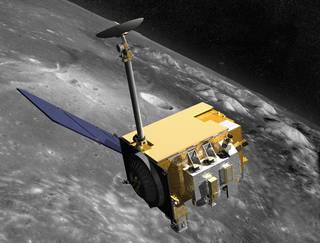
On January 28th, China the released its five-year plan for its space program. Titled China’s Space Program: A 2021 Perspective, the paper addresses both accomplishments to date as well as how the China National Space Administration (CNSA) and China Manned Space (CMS) Program will build upon those accomplishments. China has plenty to be proud of, including multiple lunar missions with a sample successfully returned to Earth, a Mars mission with a rover, and efforts to finalize the nation’s first space station. The paper states, “From 2016 to December 2021, 207 launch missions were completed, including 183 by the Long March carrier rocket series.”
In terms of space exploration, in addition to sending more missions to the Moon, the paper states China plans to:
· Launch asteroid probes to sample near-earth asteroids and probe main-belt comets;
· Complete key technological research on Mars sampling and return, exploration of the Jupiter system, and so forth; [and]
· Study plans for boundary exploration of the solar system.
The paper also addresses planned progress in some of the other areas already discussed on this site, including limiting the amount of debris in space and monitoring what is already up there. For instance, China plans to work on “space debris cleaning,” improve its “space debris monitoring system,” and “actively participate in formulating international rules regarding outer space.” Such actions should benefit all spacefaring nations.
Check out the paper for more on China’s plans for the future.






